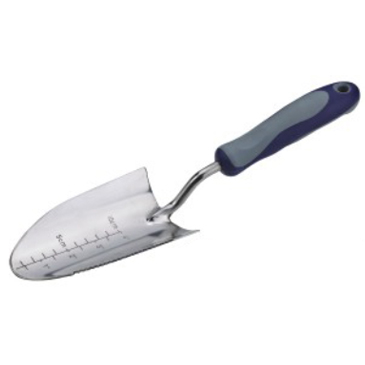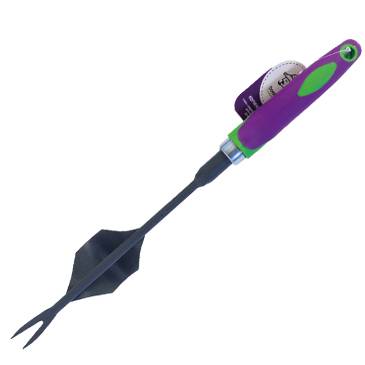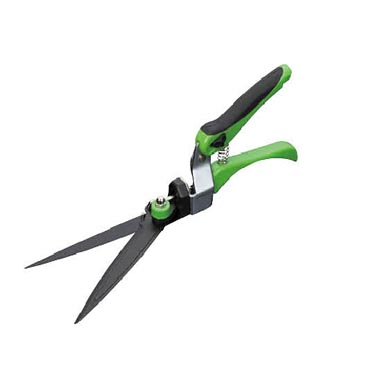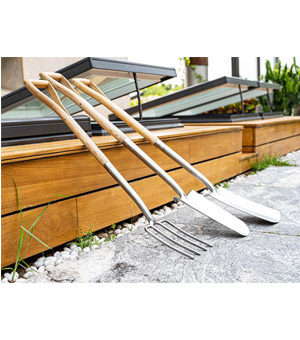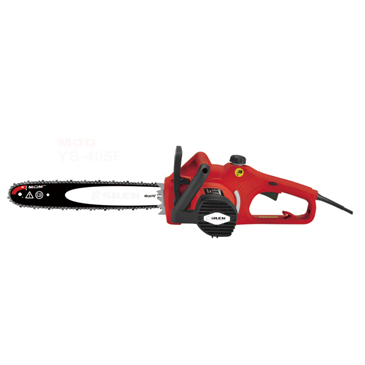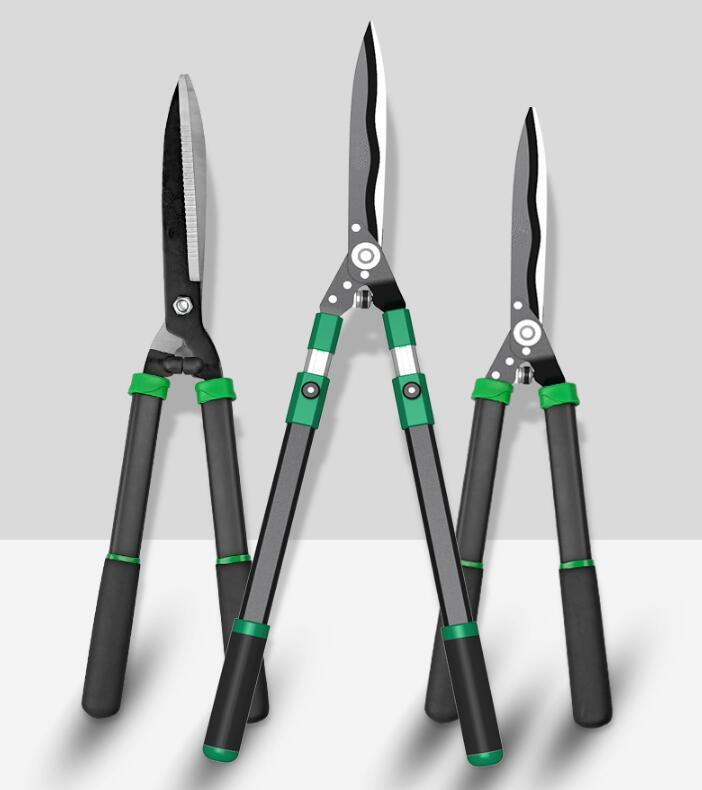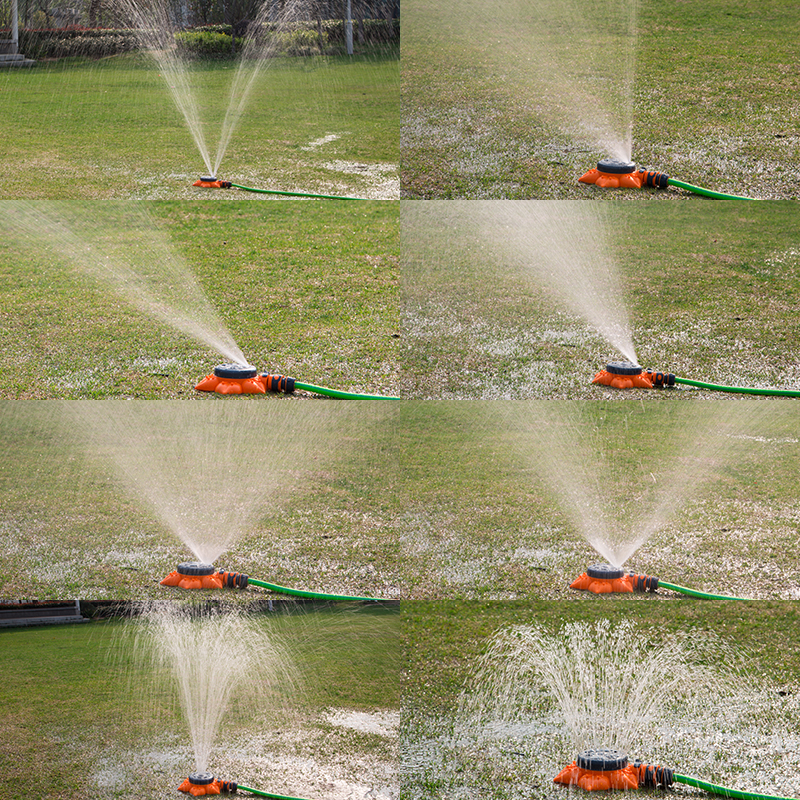As a Garden Tools Wholesale, share it with everyone. Gardening shovel is an important gardening tool, used for planting various plants, digging or moving other plants, and other various purposes. Garden shovel is a very versatile tool, so it is popular with gardeners, gardeners, and farmers. There are many different types of shovel to choose from, with different sizes and weights. These different types of shovel exist to meet the different needs of the people who use them, from carrying large amounts of sand to deep into the clay-filled ground.
Plastic Hand Fork
A large garden requires the use of a garden shovel. The garden shovel consists of two different parts, the handle and the blade. The longer handle provides greater leverage and can be used for heavier work, and can also be used to cut roots and hard ground, while the shorter handle provides better control, usually used for planting or digging bulbs Plants, used to cut the ground and move soil or plants. Larger blades can move more soil or anything else that needs to be moved, while sharper blades can cut more effectively into hard ground or through tree roots. Many people can consider another shovel before buying a shovel. Heavier gardening shovel tends to be stronger than lighter shovel, making it more effective for digging roots or hard ground. Lighter garden shovel is easier to use and less tiring, but less durable, and may break when used in heavy, high-strain applications. In most cases, it boils down to personal preference. It is best for gardeners to use the shovel that feels best. The pointed tip of the garden shovel is the most important aspect of the shovel. The shovel in the garden can easily cut into the ground. Blunt points tend to cause messy cuts in the turf, soil, or other materials being shoveled. This will cause the garden to become messy and uneven. Blunt points may also be unable to penetrate thicker roots, making some gardening tasks almost impossible to complete. Garden shovel is often mistaken for garden shovel. However, these two tools are very different and have very different uses. The garden shovel is very small, with a flat blade extending all the way to the handle. It is used for shoveling soil and for precision work and falling to the ground instead of for cutting. This is the task of a garden shovel.
Our company also has Plastic Hand Fork on sale, welcome to contact us
